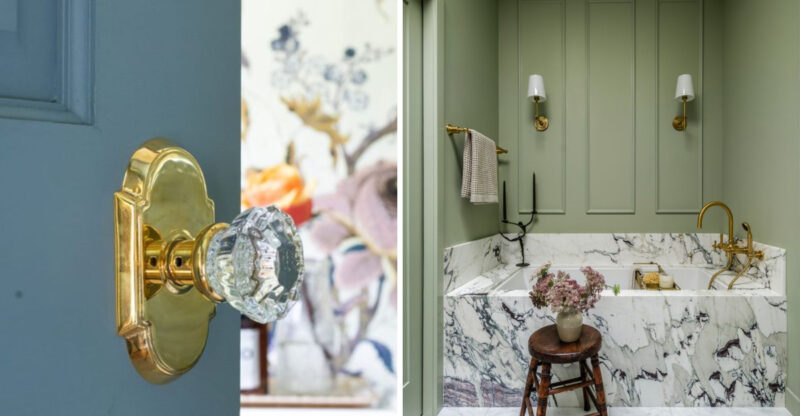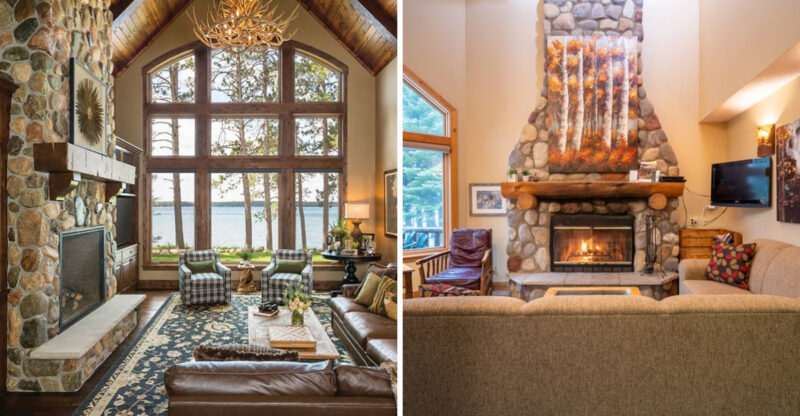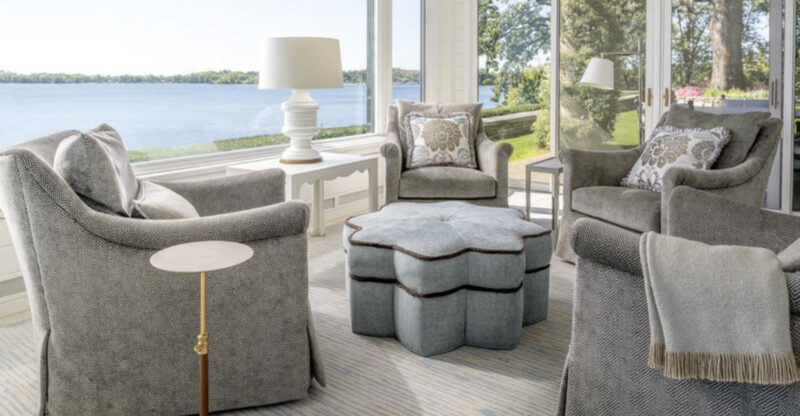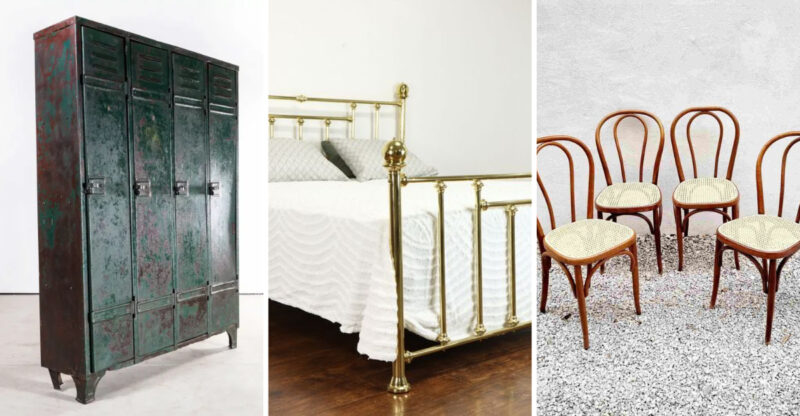11 Things That Have No Business In Your Home And 7 You’re Wasting Your Money On
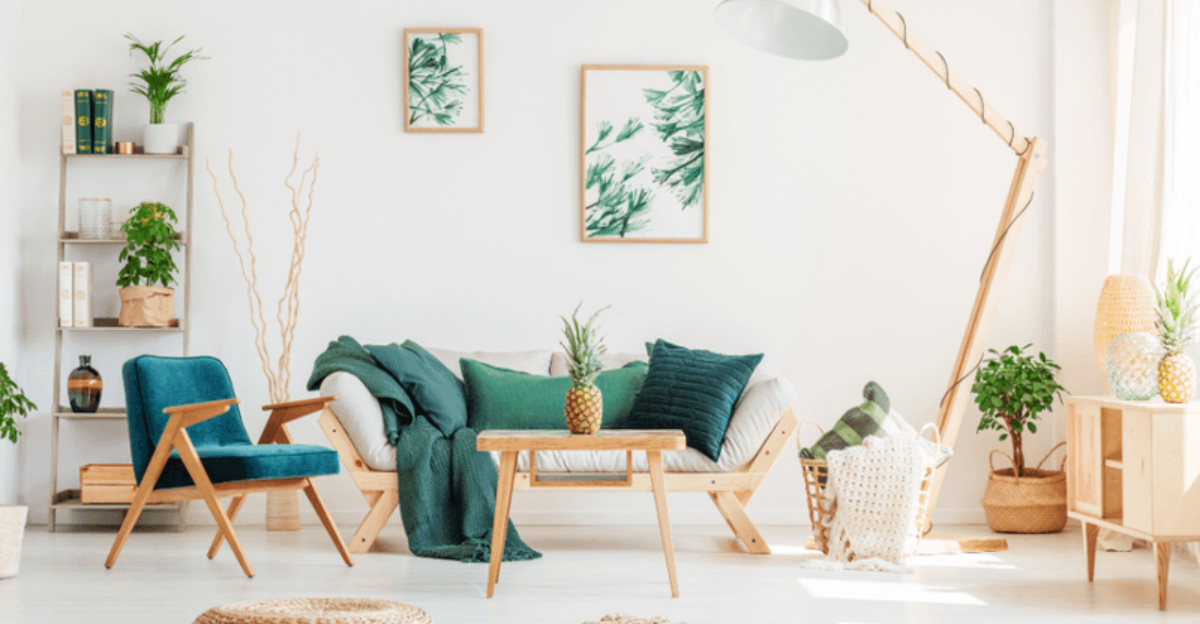
Your home should be a sanctuary of comfort and style, not a museum of outdated trends or a money pit for overpriced decor. Many of us unknowingly keep items that interior designers cringe at or spend way too much on things that don’t add real value.
Ready to declutter and save some cash? Let’s explore what needs to go and what’s not worth the splurge.
1. Plastic Slipcovers
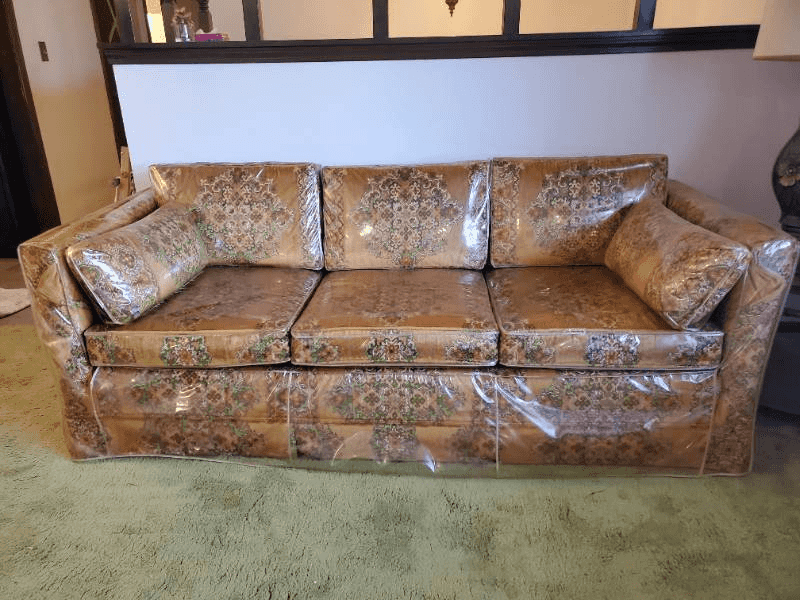
Remember visiting grandma’s house where the furniture felt like sitting on a squeaky balloon? Those protective covers might preserve upholstery, but they completely sacrifice comfort.
Furniture is meant to be lived on, not preserved for some future generation. Modern fabric protectants offer invisible protection without the sticky, sweaty plastic barrier experience.
2. Outdated Window Valances
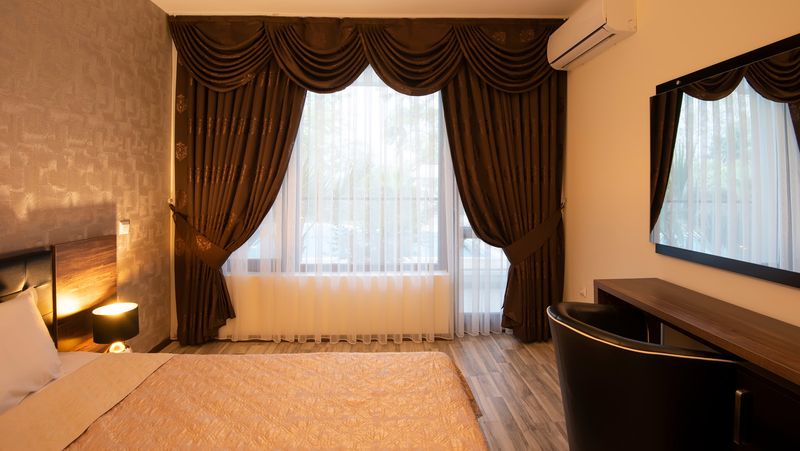
Those short, puffy fabric toppers were all the rage in the 90s, but now they just date your space faster than wood paneling. They collect dust and block natural light while adding visual clutter.
Window valances often feature dated patterns or colors that clash with modern aesthetics. Simple curtains or blinds create a cleaner look while still providing privacy and light control.
3. Popcorn Ceilings

Originally installed to hide imperfections and reduce noise, these textured nightmares now just collect dust and spider webs. The bumpy surface creates harsh shadows and makes rooms feel older instantly.
Popcorn ceilings can even contain asbestos if installed before the 1980s. Modern homes feature smooth ceilings that reflect light better and create a more spacious feeling environment.
4. Fake Ivy Or Vines

Gathering dust along cabinet tops and refrigerators everywhere, artificial greenery from the early 2000s screams outdated decor. The plastic leaves fade unevenly and become brittle over time.
Fake ivy vines collect grime that’s nearly impossible to clean thoroughly. If you love plants, invest in real low-maintenance options like pothos or snake plants that actually purify your air.
5. Word Art Signs
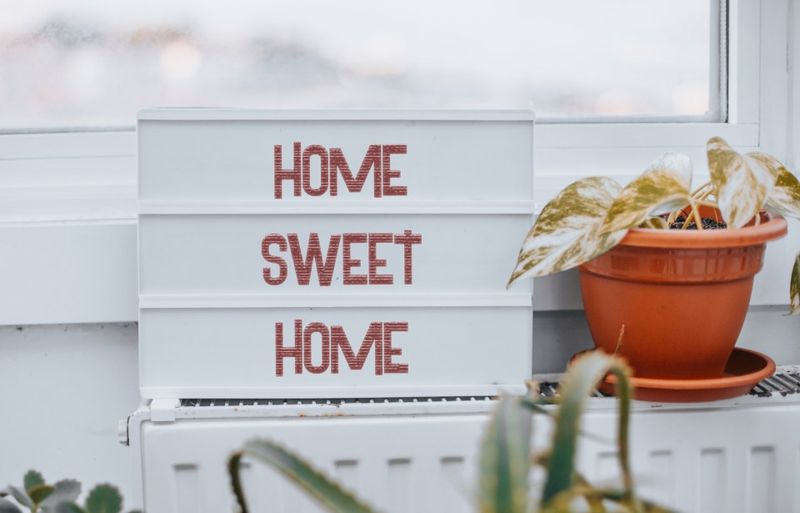
Nothing screams “I have no original personality” quite like mass-produced inspirational phrases plastered on your walls. These generic sentiments have been so overused they’ve lost all meaning. Word art signs have become the punchline of interior design jokes.
Instead, display art that genuinely moves you or photographs that tell your personal story rather than cookie-cutter platitudes from big box stores.
6. Oversized Entertainment Centers
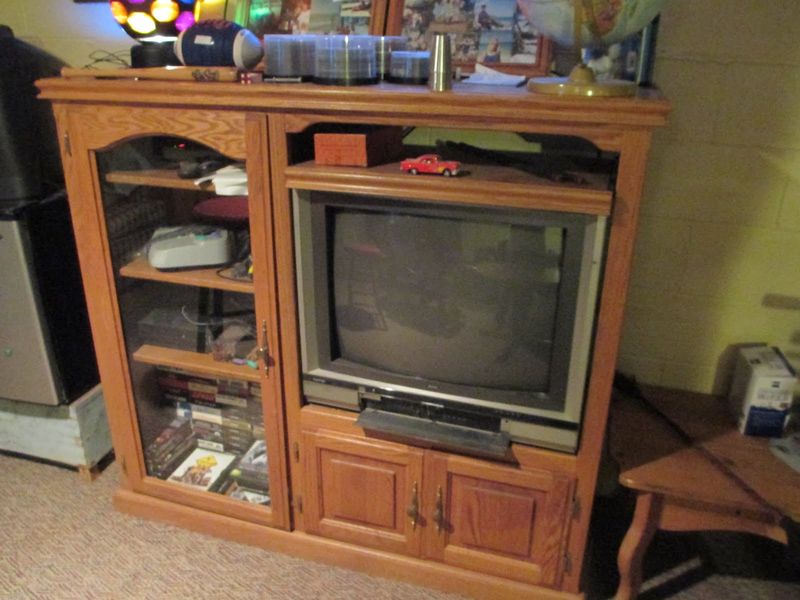
Massive wooden entertainment units designed for bulky tube TVs look comically outdated with modern flat screens. They dominate rooms with unnecessary bulk and often feature awkward cubbies for obsolete technology.
Entertainment centers frequently become cluttered catchalls for random items. Sleek wall mounts or simple media consoles provide a cleaner look while freeing up valuable floor space in your living area.
7. Matching Furniture Sets
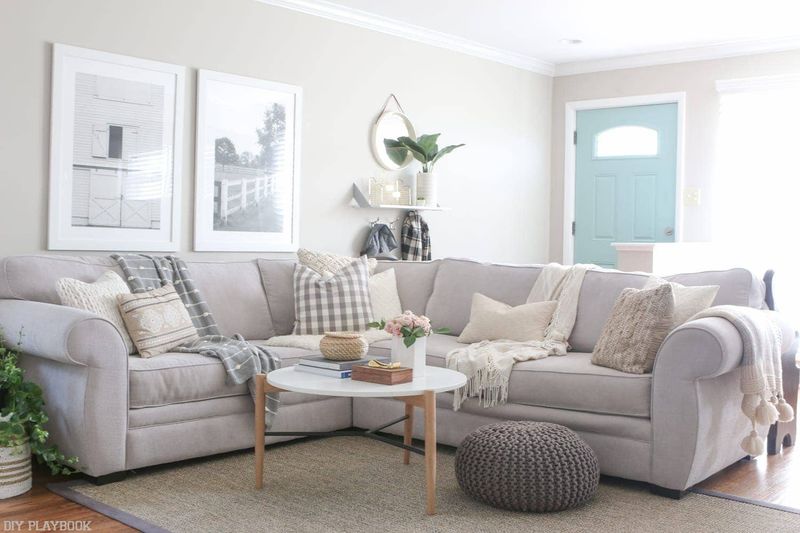
Walking into a room where everything perfectly matches feels like visiting a furniture showroom, not a home with personality. Those identical end tables, coffee table, and TV stand create a flat, uninspired look. Matching sets lack the depth and character that comes from thoughtfully curated pieces.
Mix complementary styles and materials for a more sophisticated space that feels collected over time rather than purchased all at once.
8. Mass-Produced Abstract Art

Found in hotel rooms and office buildings everywhere, generic swirls of color from big box stores lack soul and personality. You deserve better than canvas prints mass-produced to match someone’s idea of what art should be.
Generic art fails to spark joy or conversation. Support local artists, display your own creations, or choose pieces with personal meaning that tell your unique story rather than filling wall space with forgettable filler.
9. Carpeted Bathrooms
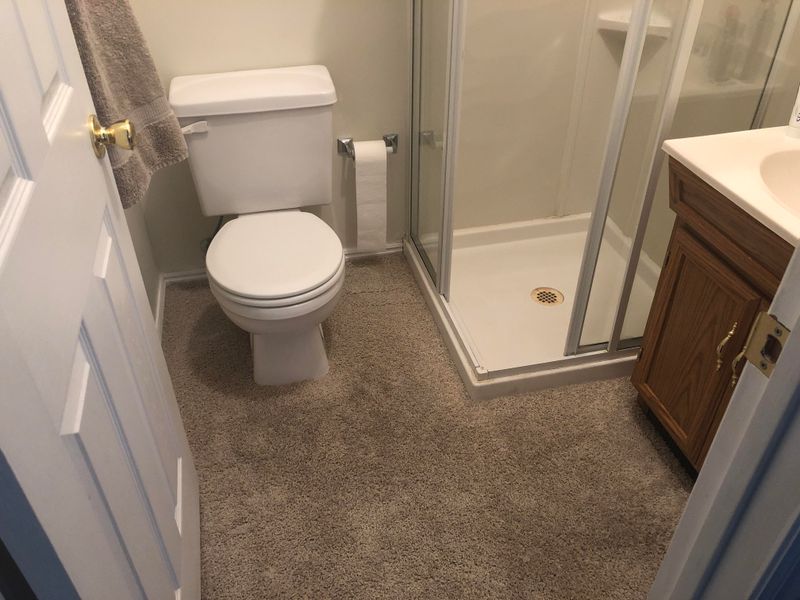
Moisture and fabric floor coverings create a perfect storm for mold, mildew, and unpleasant odors. Even with regular cleaning, bathroom carpets harbor bacteria in ways that would make a microbiologist shudder.
Carpeted bathrooms were briefly trendy in the 1970s but quickly fell from favor for good reason. Tile, vinyl, or engineered wood provide waterproof surfaces that stand up to bathroom humidity while looking far more stylish.
10. Cluttered Wall Collages
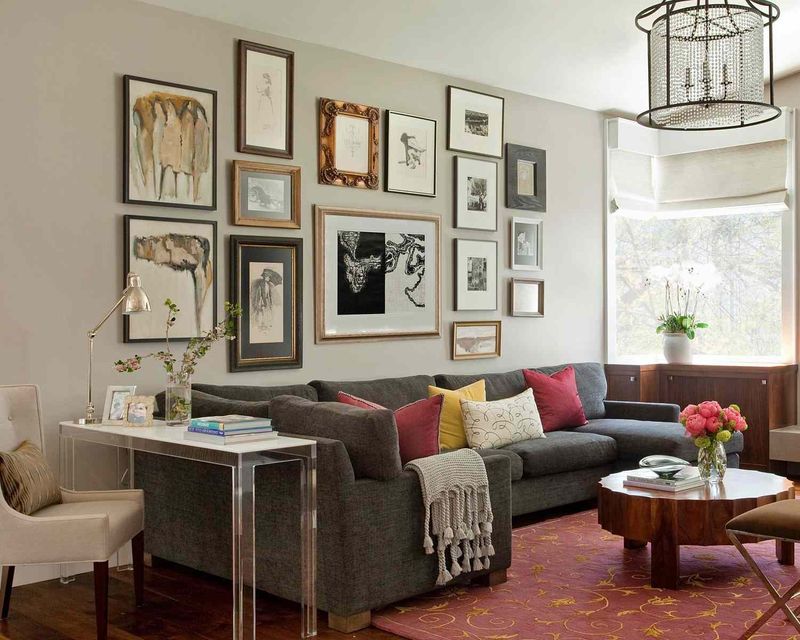
Chaotic arrangements of mismatched frames create visual noise that overwhelms rather than enhances your space. The haphazard look often results from adding pieces over time without an overall plan. Wall collages frequently collect dust in all those nooks and edges.
Curate your display with fewer, more meaningful pieces in coordinating frames, or create a cleaner gallery wall with consistent spacing for a more sophisticated presentation.
11. Beaded Curtains
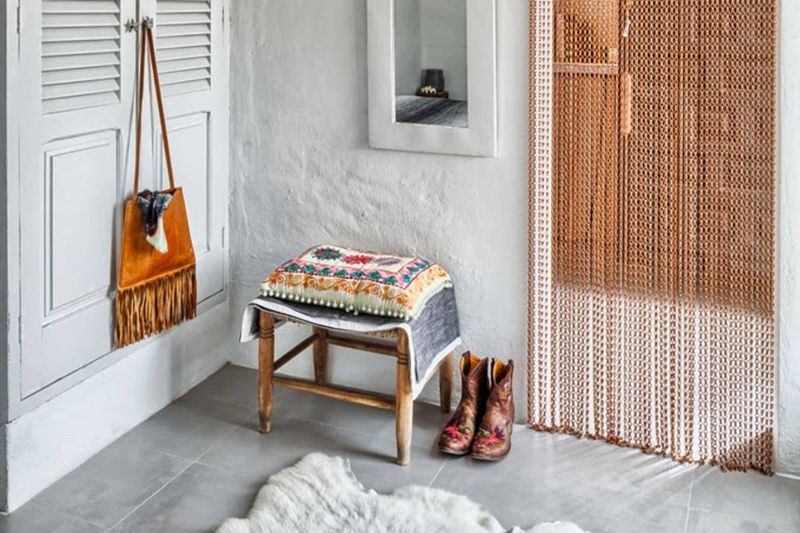
Unless you’re running a fortune teller’s shop or recreating a 1970s crash pad, those hanging strands belong in the past. They collect dust, tangle easily, and make an annoying clacking sound whenever someone walks through.
Beaded curtains offer zero privacy or light control. Modern room dividers, sliding panels, or actual doors provide functional separation without the dated hippie aesthetic or the constant maintenance of untangling the strands.
12. Trendy Fast-Furniture

Just like fast fashion, these cheaply made pieces fall apart after minimal use and end up in landfills. The particleboard core and thin veneer can’t withstand normal wear and tear or even one move.
Fast-furniture often costs more in the long run when you factor in frequent replacements. Invest in quality pieces you truly love, even if it means saving longer or buying secondhand solid wood furniture that will last for decades.
13. Overpriced Scented Candles
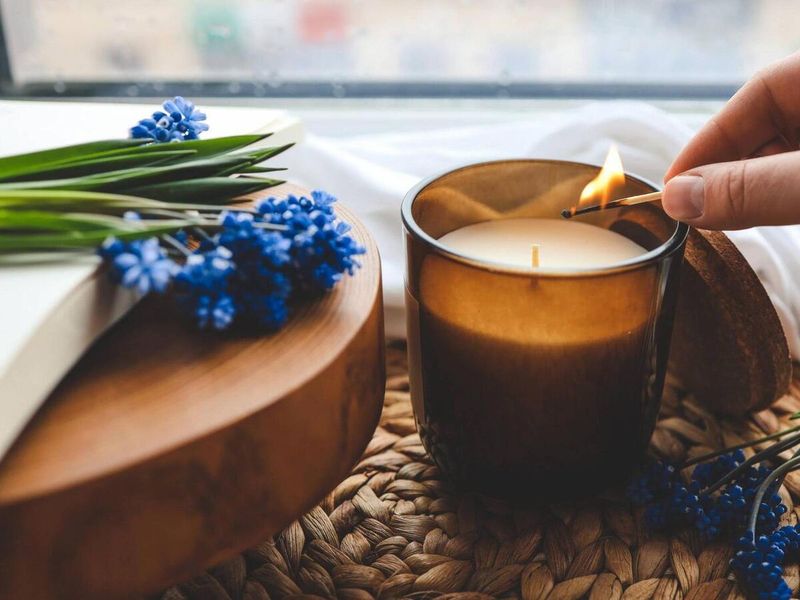
Paying $40 for wax and fragrance oil is the definition of burning money. Luxury candle brands charge premium prices for essentially the same ingredients found in more affordable options.
Expensive candles often use marketing to justify their inflated cost. You can find comparable scents at craft stores or even make your own with essential oils for a fraction of the price while still creating that cozy ambiance.
14. Designer Throw Pillows
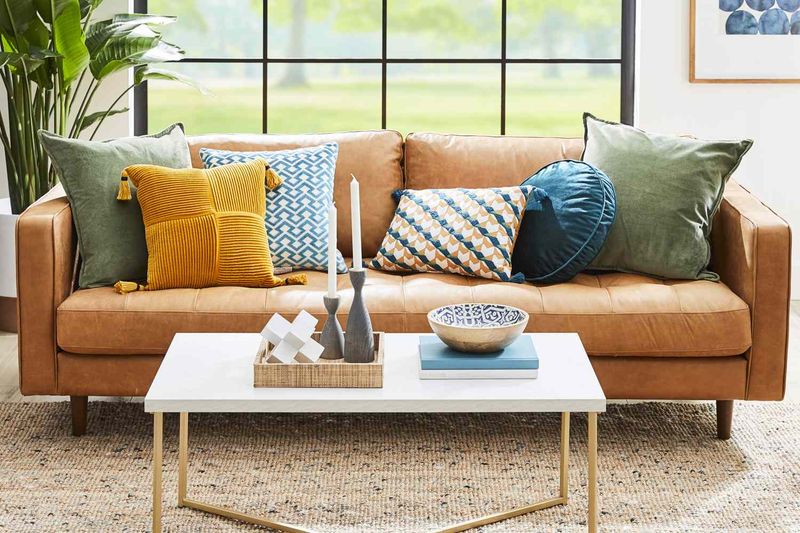
Paying hundreds for pillows that get squished, spilled on, and eventually faded makes little financial sense. Designer versions often use the same materials as budget-friendly alternatives but charge astronomical markups for the label.
Throw pillows should be replaced seasonally to keep your space fresh. Affordable options let you update your look more frequently without guilt, especially since most guests can’t tell the difference between high and low-end pillow brands.
15. Faux High-End Rugs

Mass-produced synthetic rugs trying to mimic expensive Persian or Turkish designs fool nobody. The thin pile wears quickly, colors fade unevenly, and the backing often sheds or cracks with normal use. Faux luxury rugs typically cost more than basic options without delivering better quality.
Either invest in a genuine handmade rug that will last generations or choose a simple, honest machine-made design without pretending to be something it’s not.
16. Expensive Holiday Decor

Specialty shops charge premium prices for seasonal items used just a few weeks each year. Those hand-painted glass ornaments and artisanal wreaths spend most of their life in storage, not justifying their hefty price tags.
Holiday decor trends change frequently, making expensive investments quickly outdated. Discount stores, after-season sales, and DIY projects can create festive spaces for a fraction of the cost while allowing you to refresh your look more often.
17. Themed Bathroom Sets

Matching soap dispensers, toothbrush holders, tissue boxes, and wastebaskets in coordinating seashell or bamboo themes scream outdated design. These sets often use cheap materials with a premium markup for the matched aesthetic.
Themed bathroom collections quickly look dated and tend to discolor or break easily. Mix complementary individual pieces for a more sophisticated look that allows for easier replacement when items wear out or styles change.
18. High-End Wall Decals
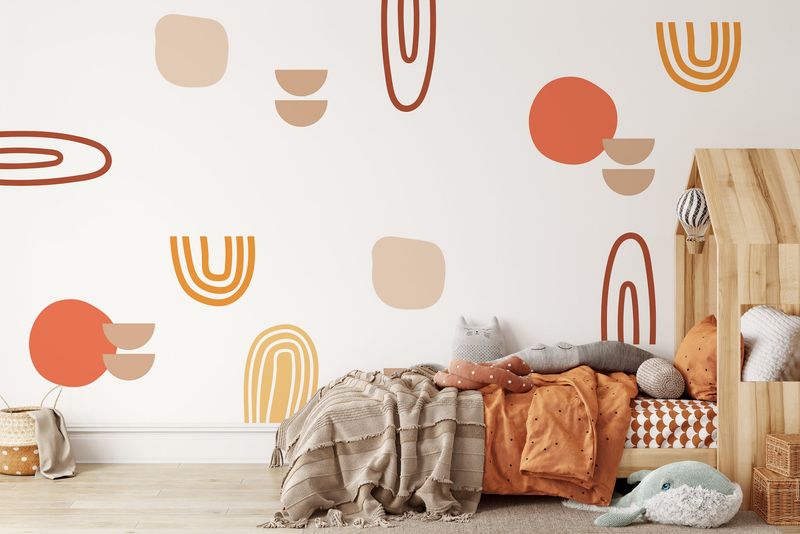
Temporary stick-on designs marketed as sophisticated decor solutions rarely live up to their promises or prices. The adhesive often fails in humidity or leaves residue, while the material can bubble, peel at the edges, or fade unevenly.
Wall decals frequently look cheap regardless of their cost. If you want to make a statement, invest in quality wallpaper, a hand-painted mural, or framed art that adds genuine value rather than temporary trendy phrases or images.



